
AeroGenie - مساعد الطيار الذكي الخاص بك.
الرائج الآن
Categories
Prototype of AI-Enabled CA-1 Europa Drone Unveiled in Germany
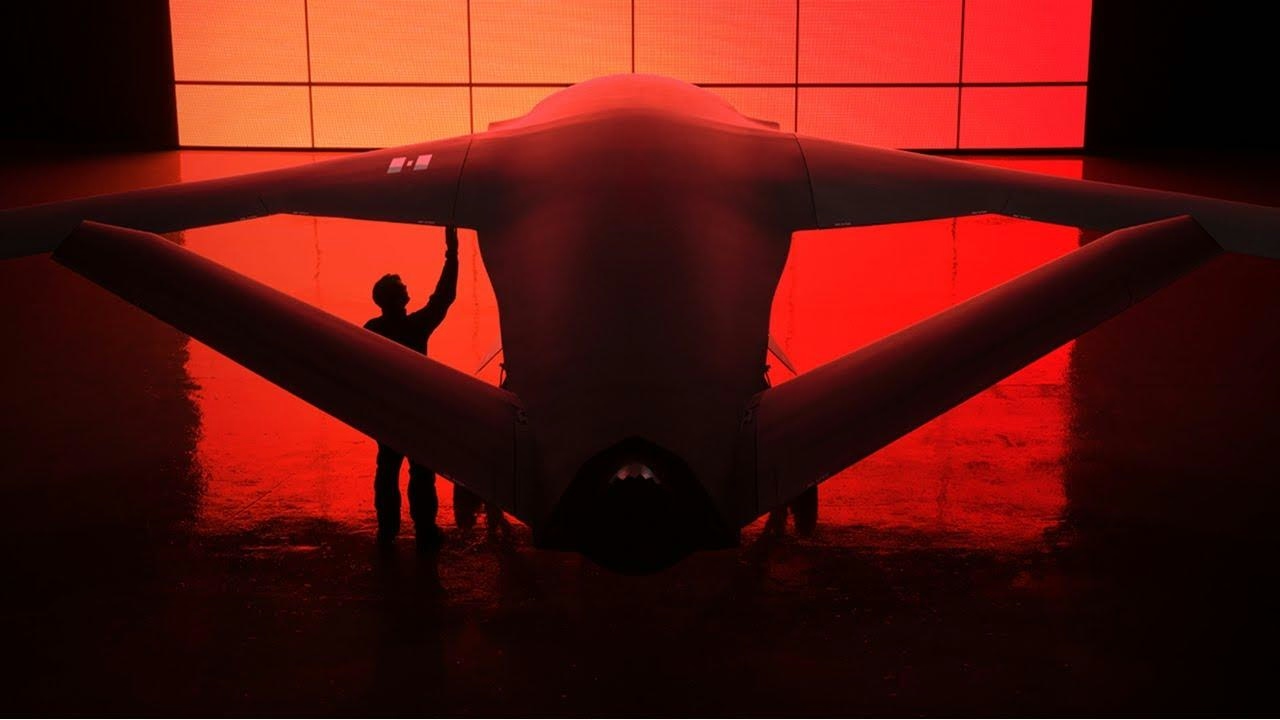
Prototype of AI-Enabled CA-1 Europa Drone Unveiled in Germany
German defense technology startup Helsing has revealed its most ambitious project to date: the CA-1 Europa, an autonomous combat drone designed to operate independently or in coordination with human pilots in future military operations. The full-scale prototype was unveiled at a facility near Munich, marking Helsing’s transition from software development to hardware manufacturing. This milestone follows the company’s rise as Europe’s most valuable defense startup.
Advanced AI Capabilities and Operational Flexibility
The CA-1 Europa incorporates cutting-edge artificial intelligence that enables real-time decision-making during missions, surpassing the capabilities of conventional remotely piloted drones. The aircraft is capable of solo reconnaissance flights, coordinated swarm operations with other unmanned vehicles, or functioning as a “wingman” alongside manned fighter jets. This versatility extends operational reach while mitigating risks to human pilots. At the unveiling, Helsing co-founder Gundbert Scherf emphasized the transformative impact of AI on defense, highlighting autonomy as a key enabler.
Strategic Development and Industry Context
Helsing’s development of the Europa accelerated following its acquisition of German light aircraft manufacturer Grob in June. Grob’s expertise in producing lightweight military trainers for 14 nations provides a solid foundation for scaling drone production. The CA-1 Europa, weighing between three and five tonnes, aligns with current wingman drone classifications. However, experts caution that adapting trainer aircraft designs to advanced autonomous combat drones presents significant technical challenges, particularly in integrating sophisticated AI systems and ensuring robust cybersecurity.
The announcement arrives amid intensifying global competition in the autonomous military drone sector. The U.S. Air Force has engaged startups such as Anduril alongside established firms like General Atomics to develop its Collaborative Combat Aircraft fleet. Airbus recently introduced a wingman drone concept for the Eurofighter Typhoon, while China continues to showcase advanced AI-driven military systems. Companies like Red Cat and Alibaba, the latter investing heavily in AI, are also accelerating development efforts, potentially reshaping the competitive landscape.
Helsing positions the Europa as a cost-effective alternative to traditional fighter jets, promising comparable mission capabilities at a fraction of the cost. Although specific weapons configurations and pricing remain undisclosed, the company confirmed plans to invest hundreds of millions of euros through partnerships with unnamed European manufacturers.
Regulatory, Security, and Market Challenges
As Helsing prepares for the CA-1 Europa’s first flight test in 2027 and targets military deployment within four years, it faces several critical challenges. Securing regulatory approval, achieving seamless integration of advanced AI, and ensuring cybersecurity resilience will be essential to the drone’s operational success. Market observers are expected to focus on these technological advancements and their implications for future defense contracts.
Proven Track Record and Future Ambitions
Founded in 2021 with backing from Spotify CEO Daniel Ek, Helsing initially specialized in AI software for defense applications. The company pivoted to drone manufacturing following Russia’s invasion of Ukraine, successfully delivering 2,000 HF-1 drones from a 4,000-unit order. This demonstrated Helsing’s capacity to rapidly scale production and deliver operational impact.
With the CA-1 Europa, Helsing aims to redefine the role of artificial intelligence in aerial combat. However, the company must navigate significant technical, regulatory, and competitive hurdles to realize this vision.
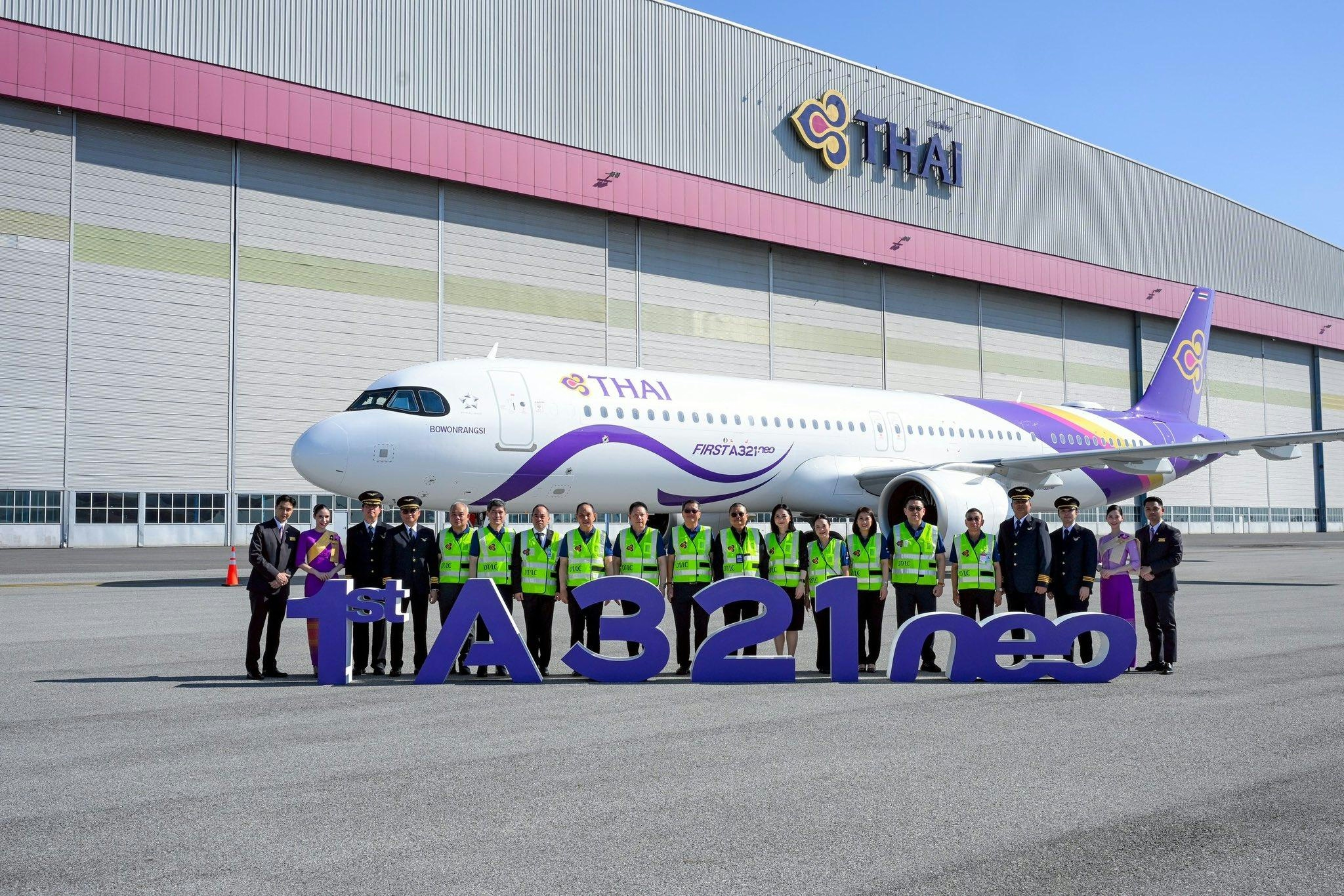
Thai Airways Receives First A321neo Aircraft
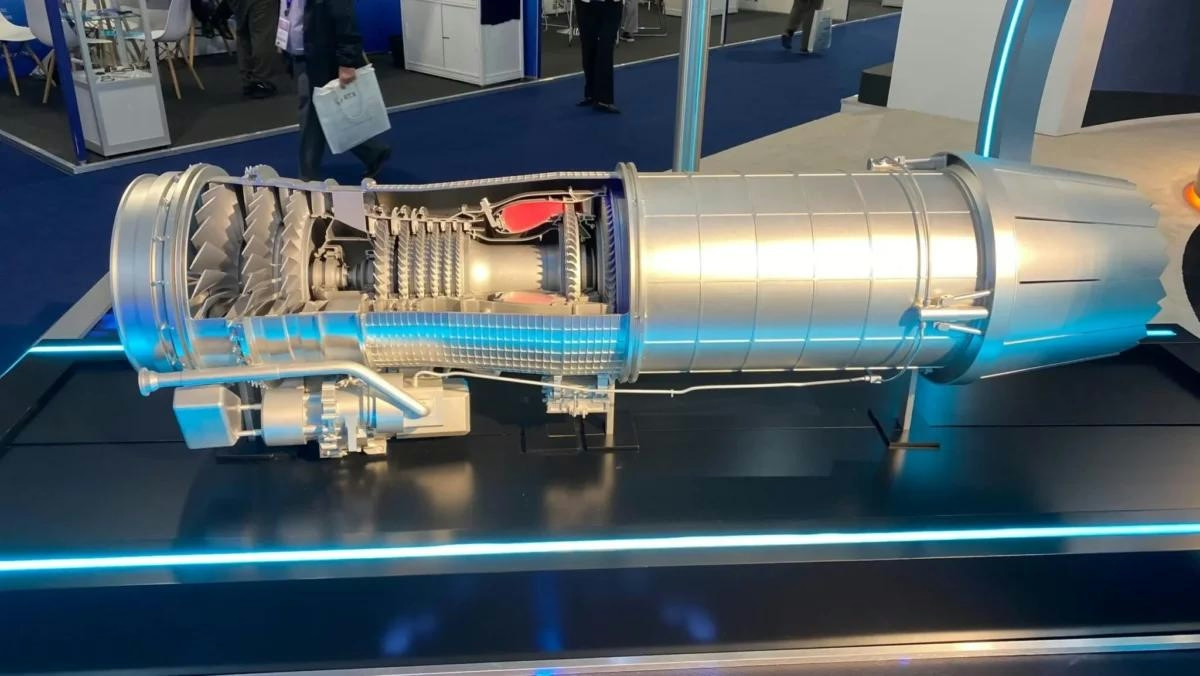
Seoul Invests 3.35 Trillion Won in New Fighter Jet Engine Development
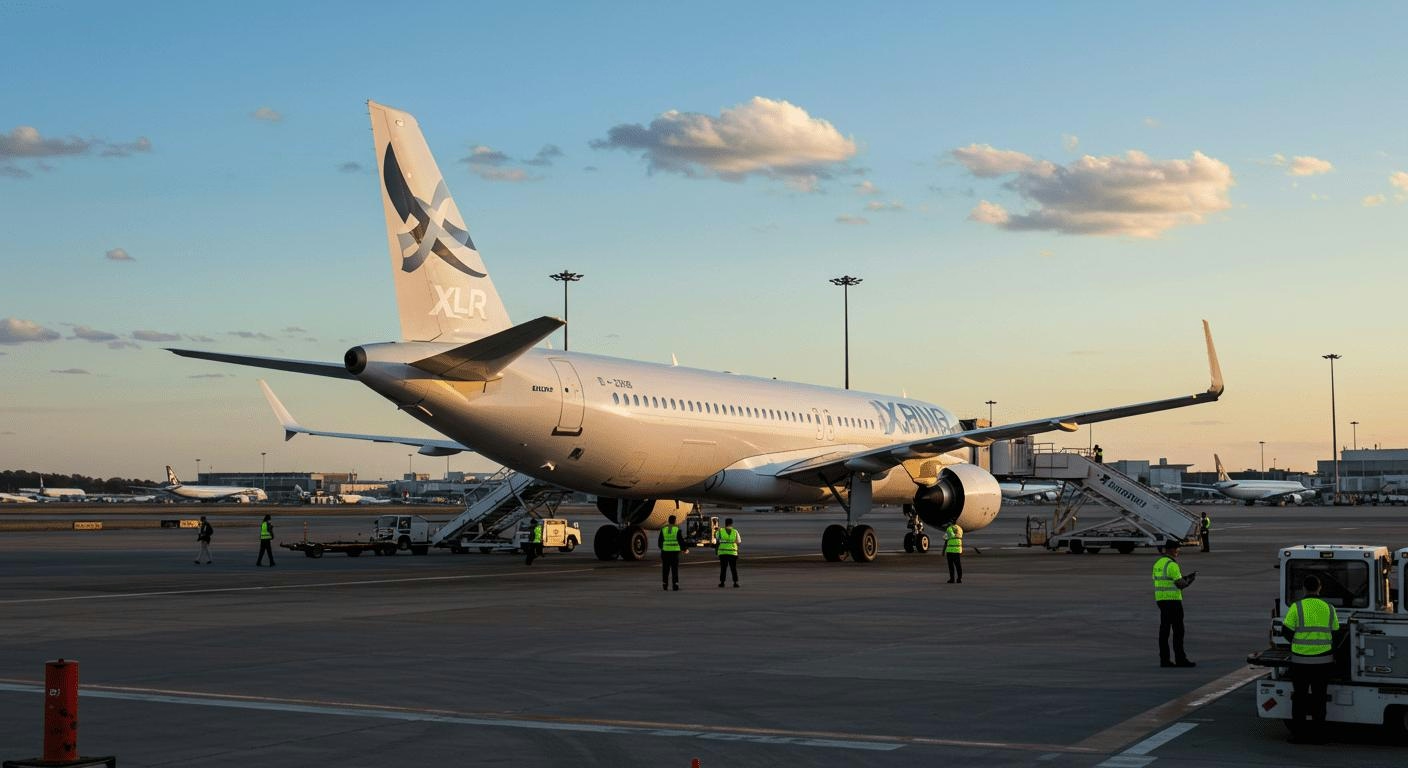
Can the A321XLR Replace Widebody Aircraft?
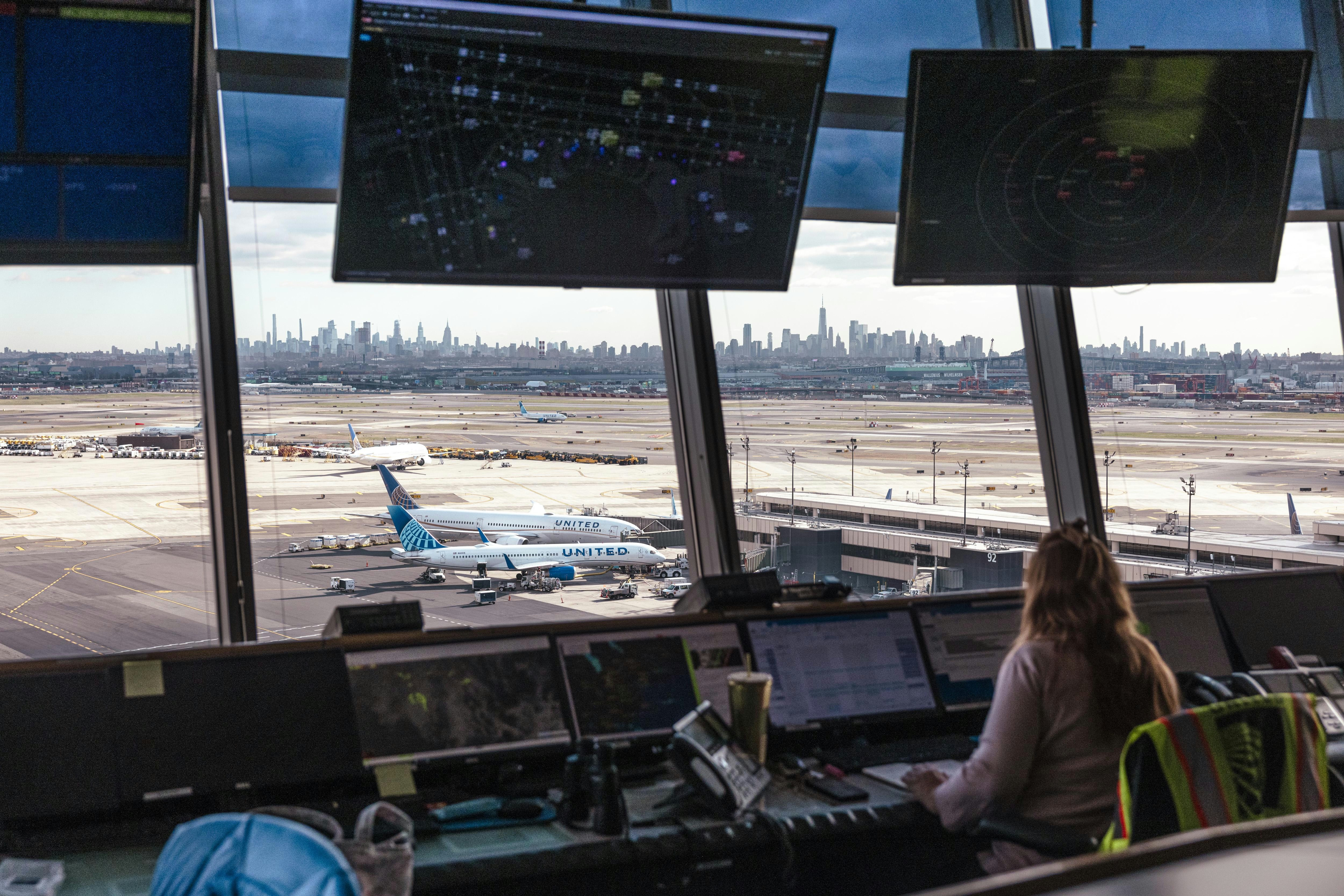
Airline Uses AI to Hold Flights for Passengers with Tight Connections

How Airlines Use AI to Set Flight Prices and What Consumers Can Do

Juniper Expands Fleet with Converted Freighter Leasing

FlyOnE Launches Air-Taxi Service to Rottnest Island
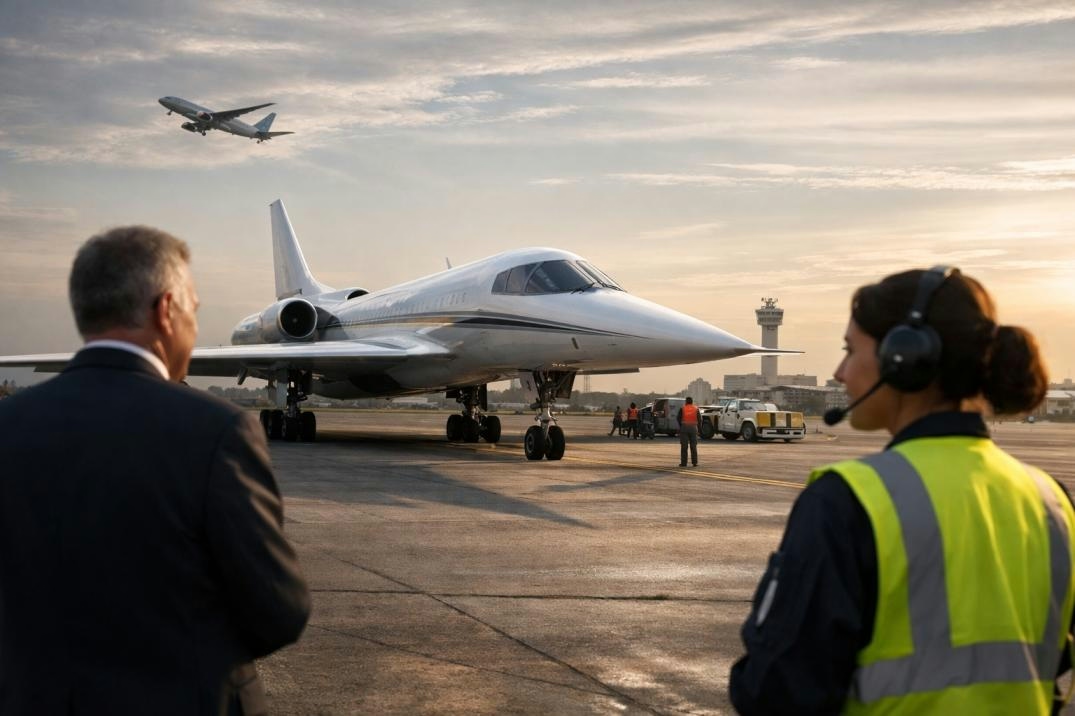
U.S. Plans to Resume Civil Supersonic Flights with Industry Support

MIT Proposes Method to Reduce Airplane Contrails and Climate Effects
